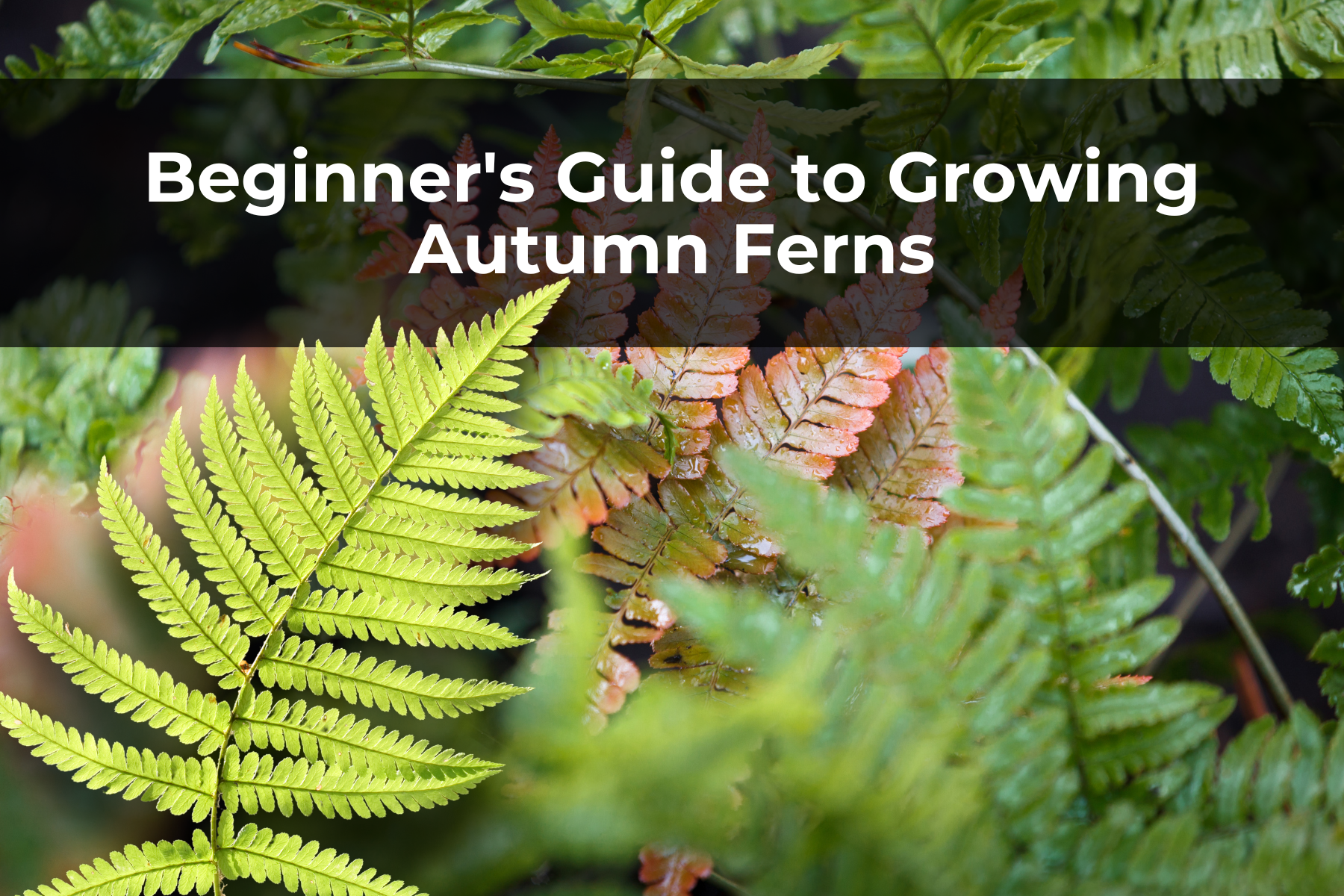Last Updated on April 10, 2024 by Real Men Sow
Autumn fern is a standout among the hardy ferns due to its striking seasonal foliage. The newly emerged papery fronds in spring are bright coppery-red to yellow-red. The fern’s common name is the stunning fall-like color. It lasts several weeks. The glossy fronds turn a brighter green as the season progresses.
The spread of autumn fern is very limited so it can be used in small spaces. It can be used as a groundcover in woodland gardens and shady borders. However, it can also grow well in containers.
Propagating Autumn Fern
The two main methods of propagating autumn fern are division and spores. The easiest method of propagating autumn fern is division. A mature specimen is required. If the center is not covered, it is likely that the plant is in need of division to revive it.
- When you see the first fronds of spring, use a shovel to remove the whole fern along with all the roots (rhizomes).
- Use pruners to separate it into smaller pieces. Each segment should have at least one sprouted tip, from which the fronds can emerge.
- Dig a hole that is slightly deeper than the root system. Place the segment in the hole by adding a few pieces of organic matter. Fill the hole with soil, and then gently press down on it. You should water the ferns well. Keep them well-watered even if there is no rain.
Propagation from spores you have collected yourself is a more complicated and lengthy method. This can take anywhere from 6 to 12 weeks.
General Care Guide for Autumn Fern
Light
It is important to plant autumn fern in a shaded area. It can become sunburnt and may even die from too much sunlight.
Soil
The soil should look like the soil in the fern’s natural habitat in eastern Asia. It should have a pH of below 6.0 and a high level of organic material.
Water
A newly planted autumn fern requires regular watering until it is established. Watering is not required in climates that receive regular rain. If it is dry or you experience prolonged droughts or dry spells, water your plants slowly and deeply.
Potted autumn ferns, like all container plants, require frequent watering many times per week in hot weather to maintain soil moisture.
Temperature and Humidity
The climate conditions in which autumn fern can be grown are varied. It tolerates freezing winters and thrives in moderately warm summer temperatures with high humidity. It is sensitive to dry winds and soil charring, and does not thrive in hot or dry conditions.
The lower climate zones, USDA zones 5-6 and 6, may see the leaves die back in winter, but they will rebound in spring.
Fertilizer
An autumn fern planted in soil rich in organic matter will only require a springtime application of an all-purpose fertilizer. Container plants should be fertilized more frequently, approximately once per month during the growing season.
Pruning
This fern doesn’t require pruning. In fact, the old fronds will wither over winter so it is best to keep them on the plant. You can trim them to give your plant a cleaner appearance, but you must not damage the crown growth.
Overwintering
Autumn fern doesn’t require any winter protection when it is planted in garden soil. However, the roots of a potted plant are not adequately protected against winter chills. You can add insulation to the containers, but it is not necessary to bring them indoors. The container can be placed in a larger container or box and filled with mulch or sand. You can also wrap the container with burlap, bubble wrap, or plastic wrap.
Pests & Plant Diseases of Autumn Fern
The mealybugs and scales can be attracted to autumn fern, but they are rarely a threat to the plant’s well-being. It is not susceptible to any serious diseases or pests.
Problems with Autumn Fern
Sunburn is the most common reason autumn fern fronds turn brown or shriveled. This can occur quickly and often within hours if the plants have been moved to too much sun or if they were not properly hardened off. This can also happen to established ferns in your yard if you cut down or prune a nearby tree or shrub that once provided shade but is now more open to the sun.

